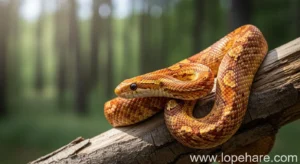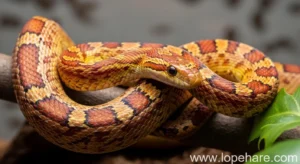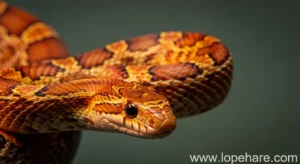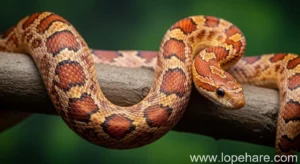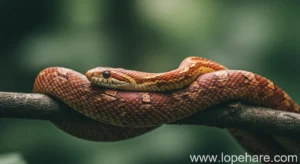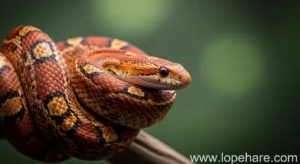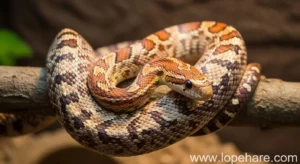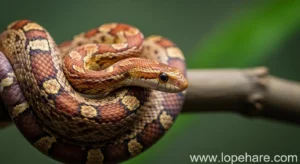
Snake Care
Introducing a New Corn Snake to an Existing Setup
At lopehare, we’re passionate about providing comprehensive care information for niche pets, and corn snakes are a fantastic gateway reptile for many enthusiasts. Their generally docile nature and manageable size make them popular. However, even with an animal as seemingly straightforward as a corn snake, bringing a new individual into your home, especially if you already keep reptiles, requires careful planning. One critical step that is often overlooked by beginners is the proper introduction process, which primarily revolves around quarantine. Let’s discuss how to quarantine a new corn snake safely before integrating them.
Why Quarantine is Crucial
Quarantine is the practice of isolating a new animal from existing pets for a specific period. For reptiles, this is not just recommended, it’s absolutely essential. Reptiles, including corn snakes (Pantherophis guttatus), can carry parasites (internal and external), bacterial infections, viral diseases, and fungal issues without showing immediate signs. These pathogens can be highly contagious to other reptiles, even across different species.
- Prevent Disease Spread: The primary goal is to prevent the potential spread of illness from the new snake to your established collection.
- Observation: It allows you to closely observe the new snake for any signs of illness, parasites, or behavioral issues in a controlled environment.
- Acclimation: It gives the new snake time to acclimate to its new home, temperatures, and humidity without the added stress of interacting with other animals.
Skipping quarantine is a significant risk that can jeopardize the health of all your reptiles. It’s far easier and cheaper to treat a single animal in isolation than to manage an outbreak affecting multiple pets.
Setting Up the Quarantine Enclosure
A quarantine setup should be simple, sterile, and easy to clean. The goal isn’t a bioactive paradise, but a functional, hygienic space for observation. For a new corn snake, this might be a appropriately sized plastic tub with secure ventilation or a small, easily disinfected glass tank.
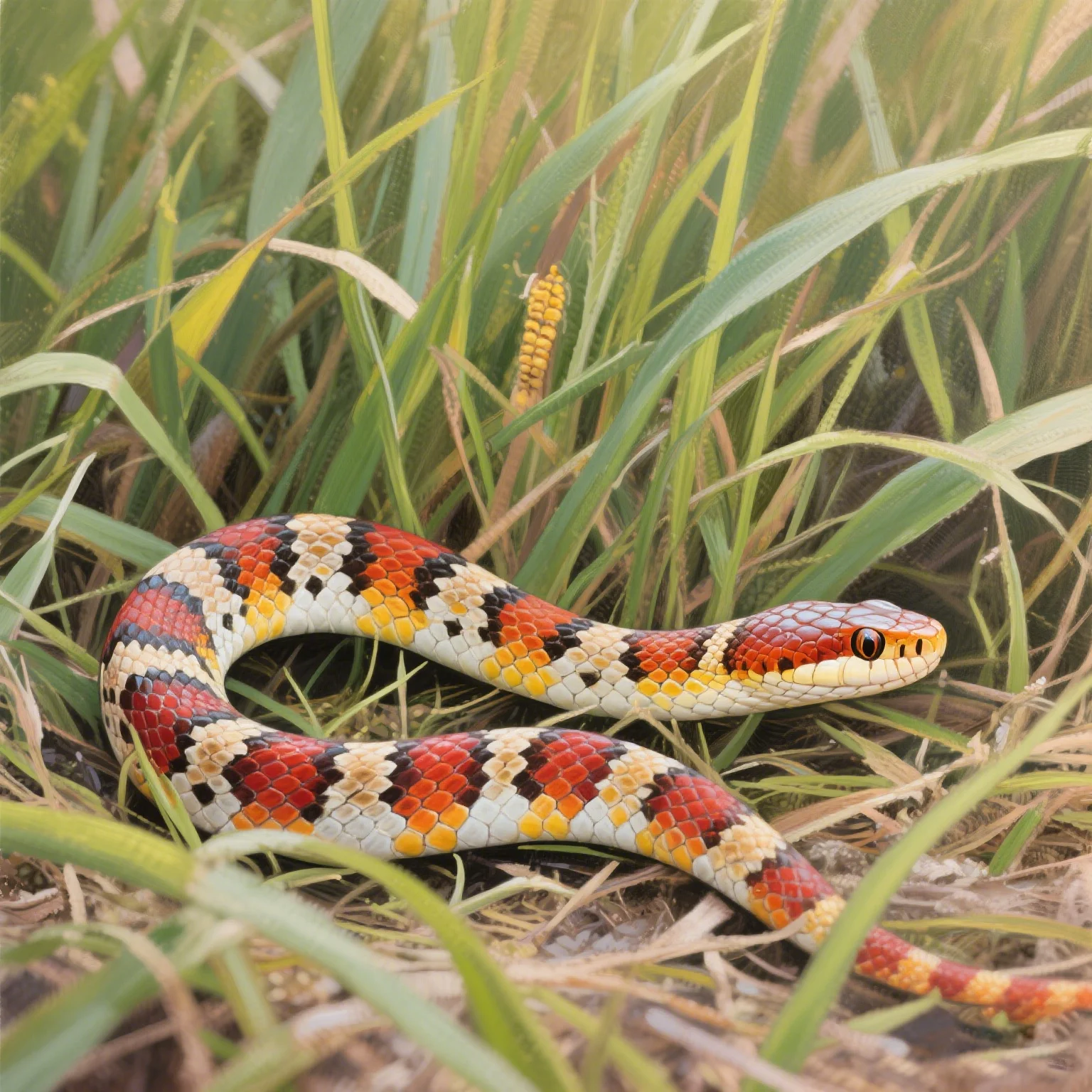
Key elements include:
- Minimalist Substrate: Paper towels or newspaper are ideal. They are cheap, absorbent, and make it easy to spot mites, abnormal feces, or regurgitation. Avoid loose substrates initially.
- Basic Hides: Provide at least two hides – one on the warm side and one on the cool side. Simple plastic hides or even cardboard boxes work well. They should be easy to clean or disposable.
- Water Dish: A simple, heavy dish that’s easy to sanitize. Ensure fresh water is available at all times.
- Heat Source: Belly heat from an under-tank heater controlled by a thermostat is efficient for smaller quarantine tubs. Ensure a proper temperature gradient is maintained (e.g., warm side 80-85°F / 27-29°C, cool side 70-75°F / 21-24°C).
- Temperature & Humidity Monitoring: Use reliable digital thermometers and hydrometers to ensure parameters are correct. Placement on both warm and cool sides is crucial.
- Strict Hygiene: Keep cleaning supplies (disinfectant safe for reptiles like F10SC or chlorhexidine, gloves) separate from those used for your main enclosures. Clean the quarantine enclosure frequently.
Location Matters: The quarantine enclosure should be in a separate room from your existing reptiles if possible. If not, maintain significant distance between enclosures and always tend to your established animals *before* the quarantine animal to avoid cross-contamination.
Quarantine Period and Monitoring
A standard quarantine period for a new corn snake is typically 60-90 days. While this might seem long, it covers the incubation periods for many common issues.
During this time, diligent monitoring is paramount. Keep a detailed log of the snake’s:
- Appetite: Is it eating consistently? How does it take prey?
- Feces: Note consistency, color, and presence of any visible parasites. Fresh samples should be taken to an experienced reptile vet for a fecal parasite check (ova and parasite exam) early in the quarantine period.
- Shedding: Is shedding complete and in one piece? Incomplete sheds can indicate humidity or underlying health issues.
- Behavior: Is it active, lethargic, hiding excessively, or restless?
- Physical Appearance: Check skin for mites (small red, black, or gray dots), ticks, scale rot, or injuries. Check mouth, nose, and eyes for discharge or swelling. Listen for clicking or wheezing sounds indicating respiratory issues.
- Weight: Regular weight checks can help monitor overall health and detect if the snake isn’t thriving.
Signs to Watch For
Be vigilant for any of the following, which warrant a vet visit:
- Visible mites or ticks
- Abnormal feces (runny, bloody, strong odor)
- Regurgitation
- Weight loss
- Nasal or oral discharge
- Open-mouth breathing or wheezing
- Swollen eyes or retained eye caps
- Scale rot or skin lesions
- Difficulty shedding
- Unusual lumps or swellings
- Lethargy or refusal to eat for an extended period
Early detection is key to successful treatment.
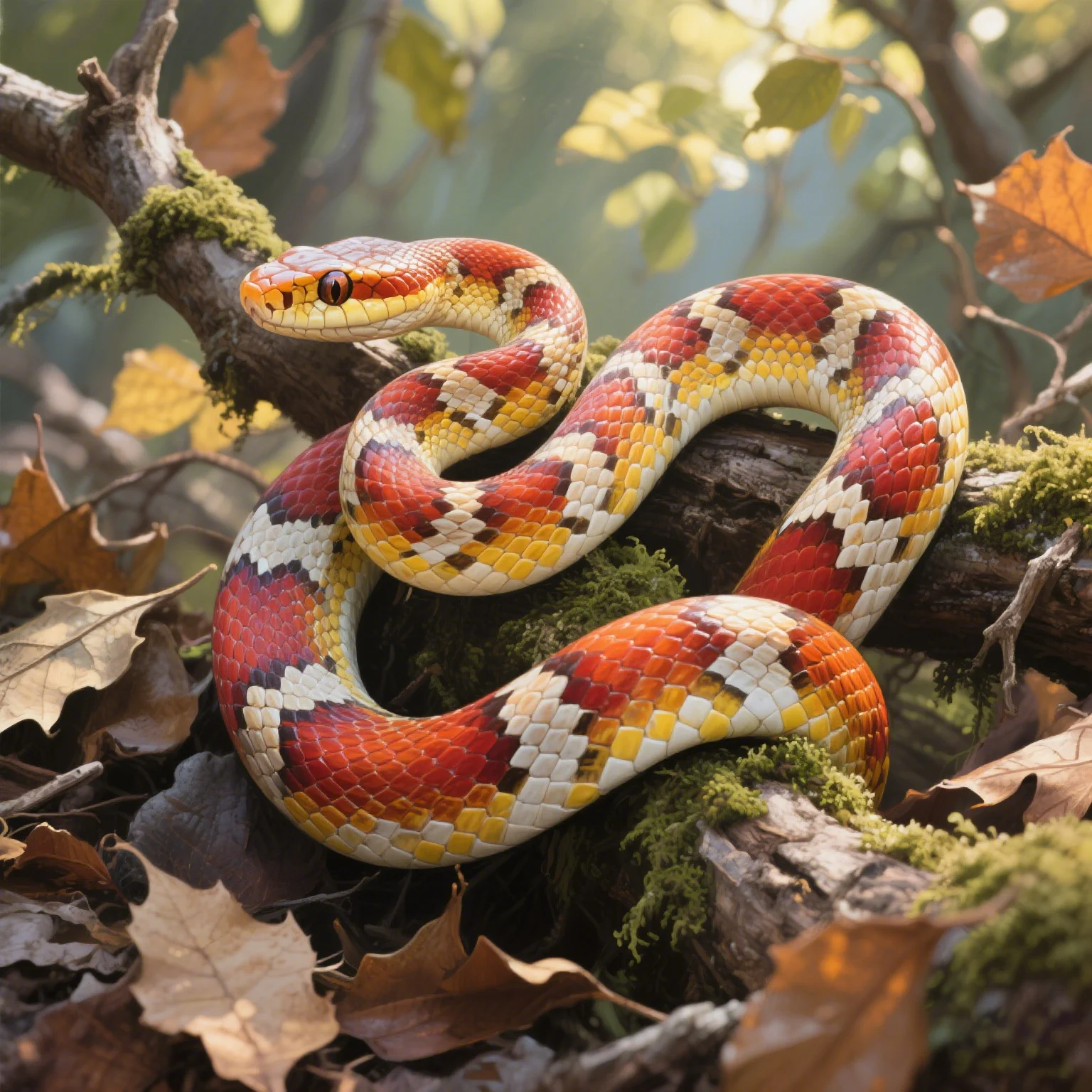
Transitioning to the Main Setup
Only after the full 60-90 day quarantine period has passed without any signs of illness, and ideally after a negative fecal test from a vet, should you consider moving the new corn snake to its permanent enclosure or integrating it (if housing multiple, which requires careful consideration of species, size, and individual temperament – corn snakes are generally solitary). Before placing the snake in the main enclosure, give the primary enclosure a thorough cleaning and disinfection. Monitor the snake closely in its new, larger environment to ensure it continues to thrive.
Conclusion: A Safe Beginning
Bringing a new corn snake home is an exciting time! By implementing a strict quarantine protocol, you are taking a responsible step to ensure the long-term health and well-being of your new pet and your existing collection. As we at lopehare emphasize in our snake pet care guides, thoughtful preparation and diligent observation are cornerstones of successful reptile husbandry. While it requires patience, the peace of mind gained from a proper quarantine is invaluable, setting the stage for many happy, healthy years with your corn snake companion. Remember, providing a safe environment starts the moment your new friend crosses your threshold.
References:
- Corn snake. (n.d.). In Wikipedia. Retrieved from https://en.wikipedia.org/wiki/Corn_snake
